Sailing Sweden’s Icy Seas in Search of One of the World’s Best Oysters
A Nordic oyster safari serves up fresh bivalves that are hard to find outside of Sweden
“Have you ever had Swedish oysters?” chef Johan Malm of Restaurang Gabriel in Gothenburg asked me. “They’re the best in the world.” I admitted I never had, so he grabbed one from behind the bar, shucked it open, and set it on a martini glass full of ice. A couple drops of lemon, a quick slurp, and I had to agree—this was the best oyster I’d ever had: salty with a mineral tang, creamy and firm at the same time.
I hadn't heard much about Swedish oysters before this trip, in part because currently FDA trade regulations ban the importation of all European oysters to the U.S. As a result, they don't show up, even on the fanciest menus. "It's at a complete and utter standstill until regulations come through," Guinness World Record-holding oyster shucker Patrick McMurray told Smithsonian.com. "Most people in the States don't even know you can get oysters from Sweden."
The next day, I found myself up in Grebbestad, about 45 minutes south of Norway along Sweden’s western Bohuslän Coast, where the country harvests 90 percent of its oysters. I’d stopped into Everts Sjöbod, a bed and breakfast and 19th-century boathouse right on the water, owned by local fishermen (and brothers) Per and Lars Karlsson. The brothers offer fishing excursions and lobster and oyster "safaris" on a stunning 1952 wooden sailboat, floating through the Swedish archipelago. With the memory of my first Swedish oyster fresh in my mind, I opted for the oyster safari, a two-hour sailing excursion of harvesting oysters, shucking lessons, and tasting the bounty on the boat.
That “best in the world” tag—although highly subjective—doesn’t necessarily come unsupported; as with wines, the taste of each oyster is highly dependent on the maritime terroir, and Sweden's terroir is particularly well suited for oyster making. The water around Grebbestad is nutrient-rich and has high salinity, McMurray explained. Importantly, the water is also cold enough to disarm nasty viruses and parasites that could otherwise infect the fresh shellfish. Because of the cold, Swedish oysters take years to grow to an edible size—the ones we ate on our safari were about 10 years old, and any younger ones were thrown back into the water to mature and develop their unique flavor.
Hanna Karlsson Thorén, Per’s daughter, guided our safari. The boathouse at Everts Sjöbod sits on a natural oyster bed, and Thorén scraped underwater with a contraption that was half rake, half fishing net, to harvest some of the oysters we would eat on our journey. She dumped the catch out onto the dock—a pile of slim, large oysters about the size of the palm of a large hand—throwing back the younger ones and showing how the mature ones have to cling to something in order to grow. On mature oysters, you can see grooves on the shell where they attached to a rock or another oyster in order to flourish. She checked to make sure the ones we gathered for the boat were alive: “You know they're alive because if you turn them rounded side up, they open, and if you tap them, they close,” she said. “Dead oysters don't close again. Don't eat those ones.”
Once we had a full bounty, we climbed onto the boat and set sail into the archipelago. The captain didn’t use a map—a route has been marked on the islands for years, white squares painted onto stark rocky outcroppings, guiding the way through waters deep enough to manage the ride.
While we enjoyed the sail (which took us through the islands to the shore of Grebbestad village and then back again), Thorén spread out our catch on a seaweed-covered table, and poured samples of beer and elderflower juice for us to try. She then gave a lesson in oyster shucking and let everyone have a turn. It’s more difficult than you’d think—you have to hold the oyster in one hand, rounded side down, cut through the joint with a special knife (remember to firmly squeeze it, not push, or you’ll cut yourself), wiggle the oyster open, and swipe around inside to cut the muscle holding the shell closed.
Thorén told us the best way to eat the Swedish oysters: only use two drops of lemon, chew it up to get all the flavor, and chase it with a swig of Grebbestad’s local Oyster Porter beer. After four or five oysters each, we were pretty full; Swedish ones are meaty and large, a complete meal all on their own.
At the safari’s end, we returned to the boathouse, climbed a narrow set of stairs, and sat down at an ocean-view table to feast on other local delicacies: crayfish, mussels, shrimp, and lobster. It was all delicious, but nothing could top those just-out-of-water fresh oysters.
/https://tf-cmsv2-smithsonianmag-media.s3.amazonaws.com/accounts/headshot/JenniferBillock.png)
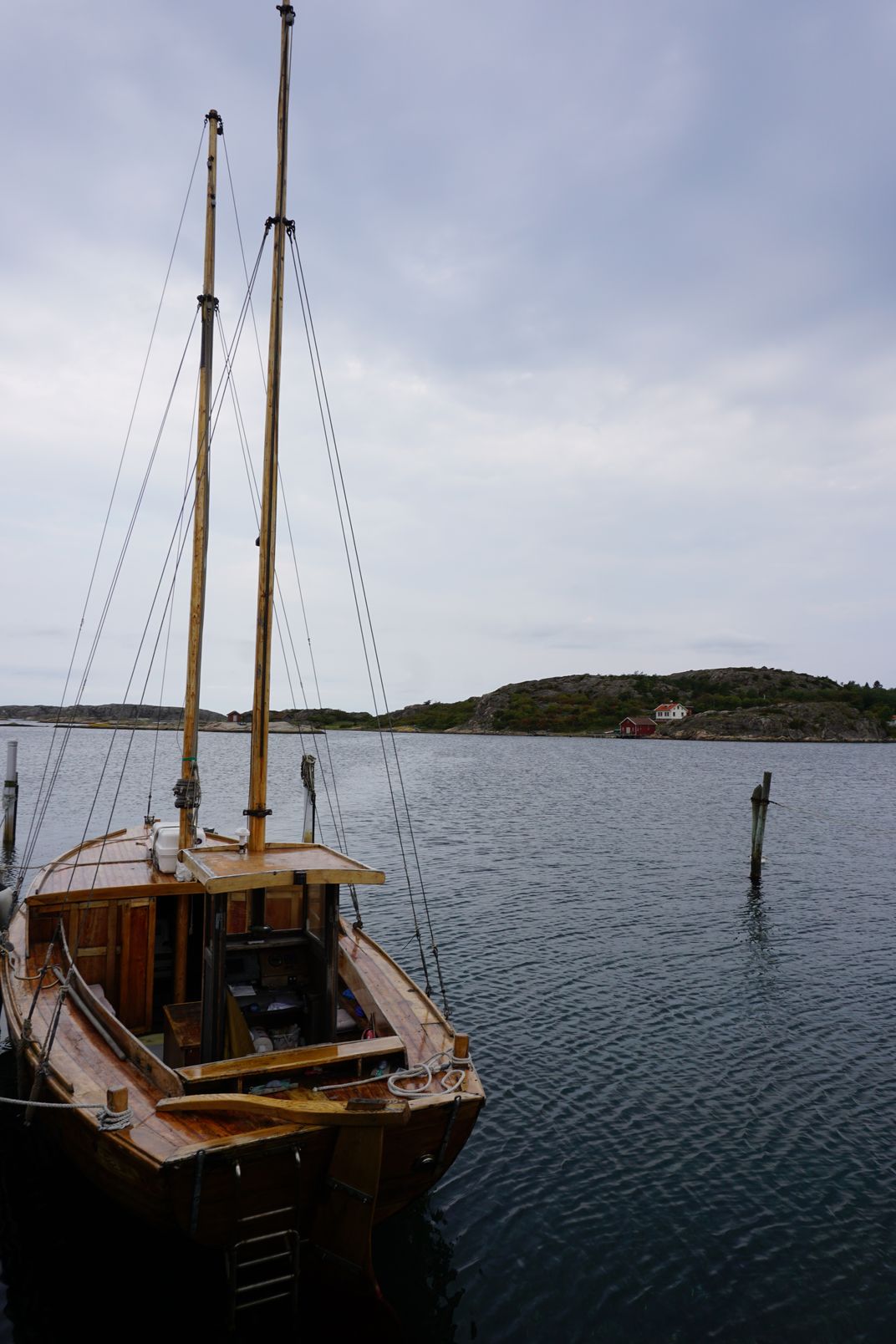
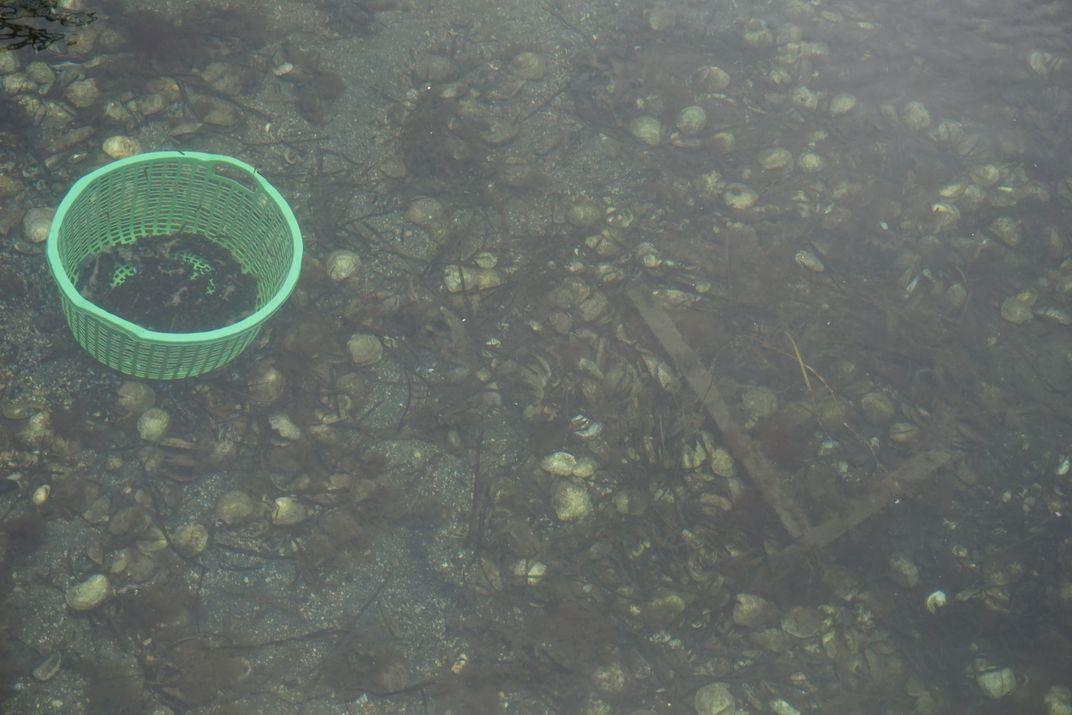
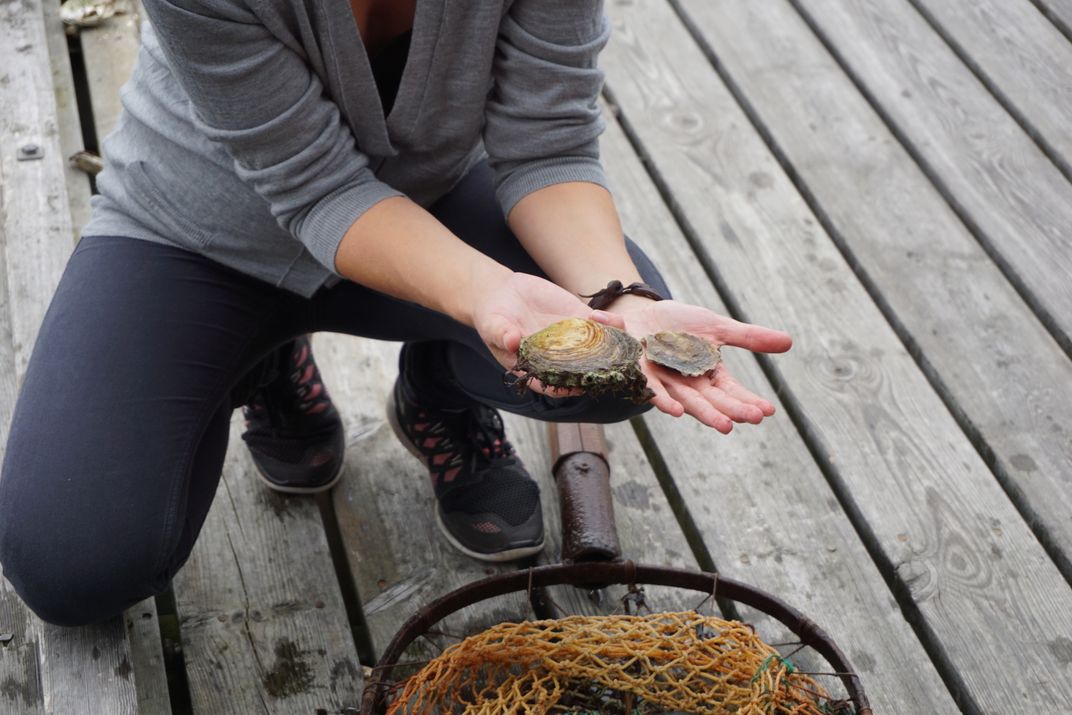
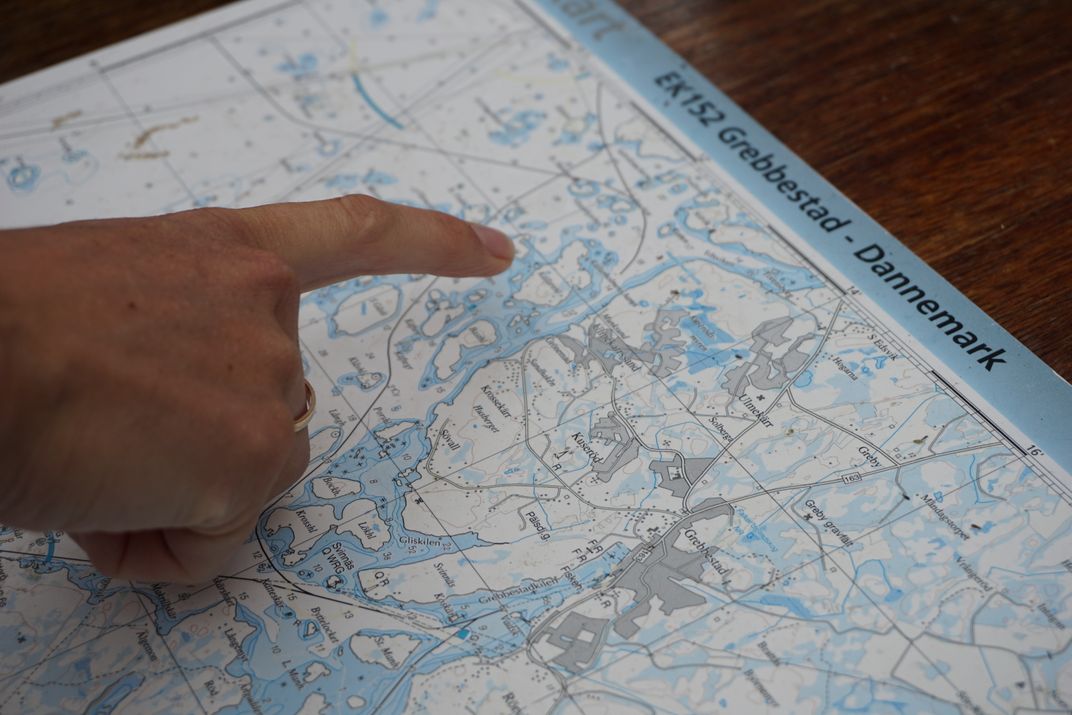
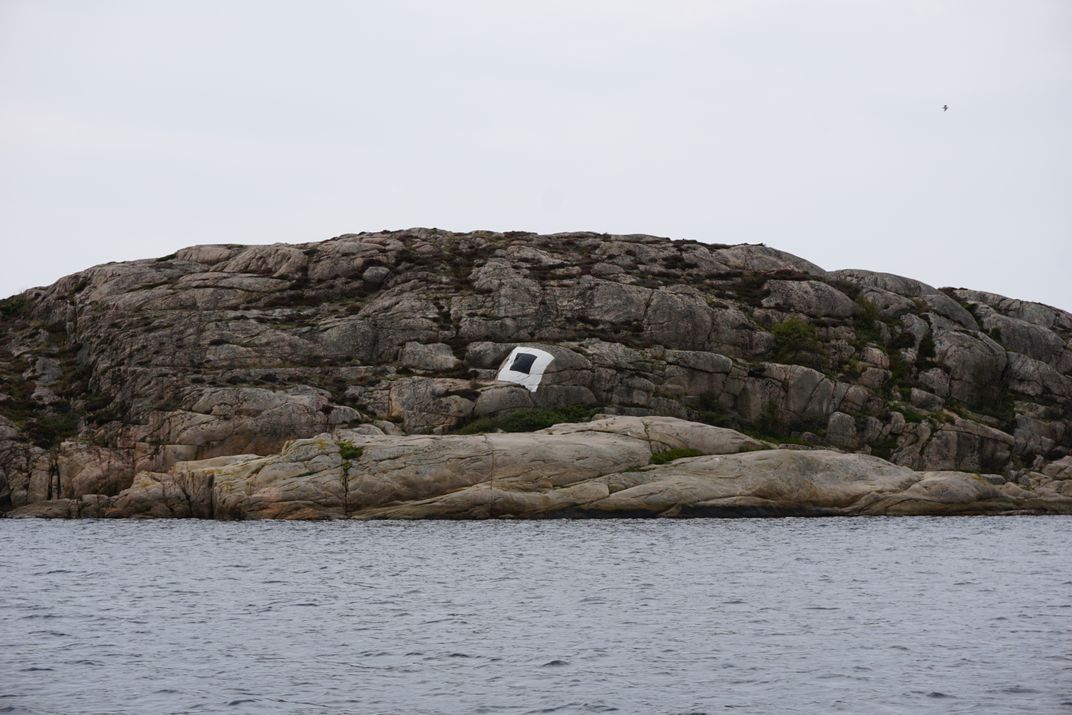
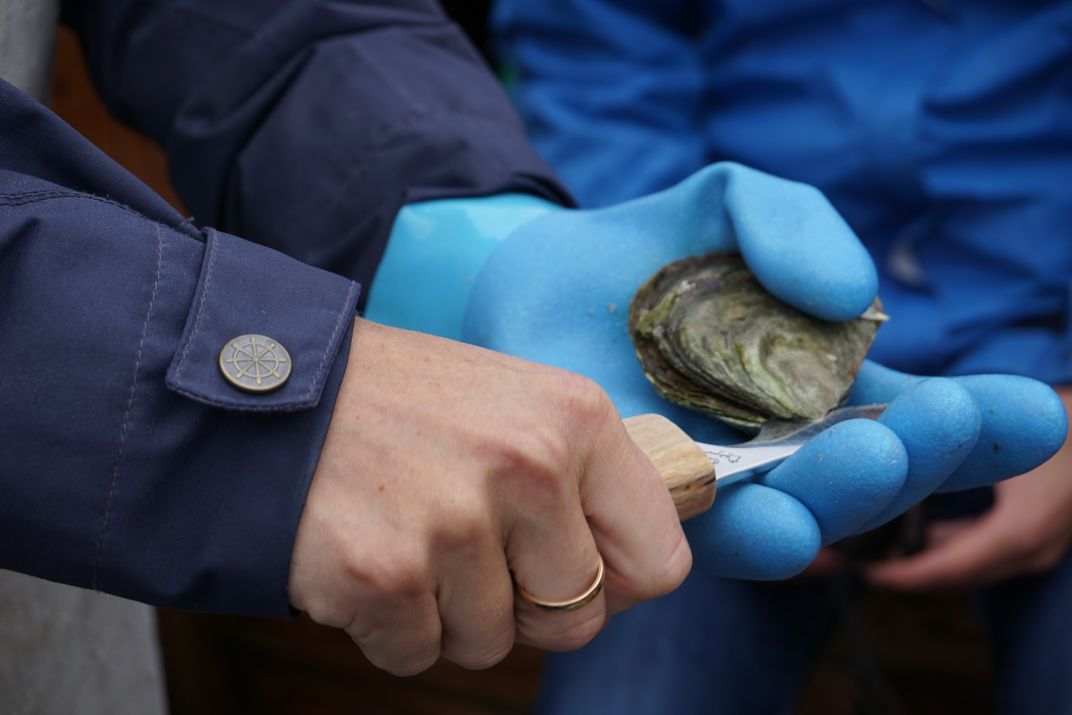
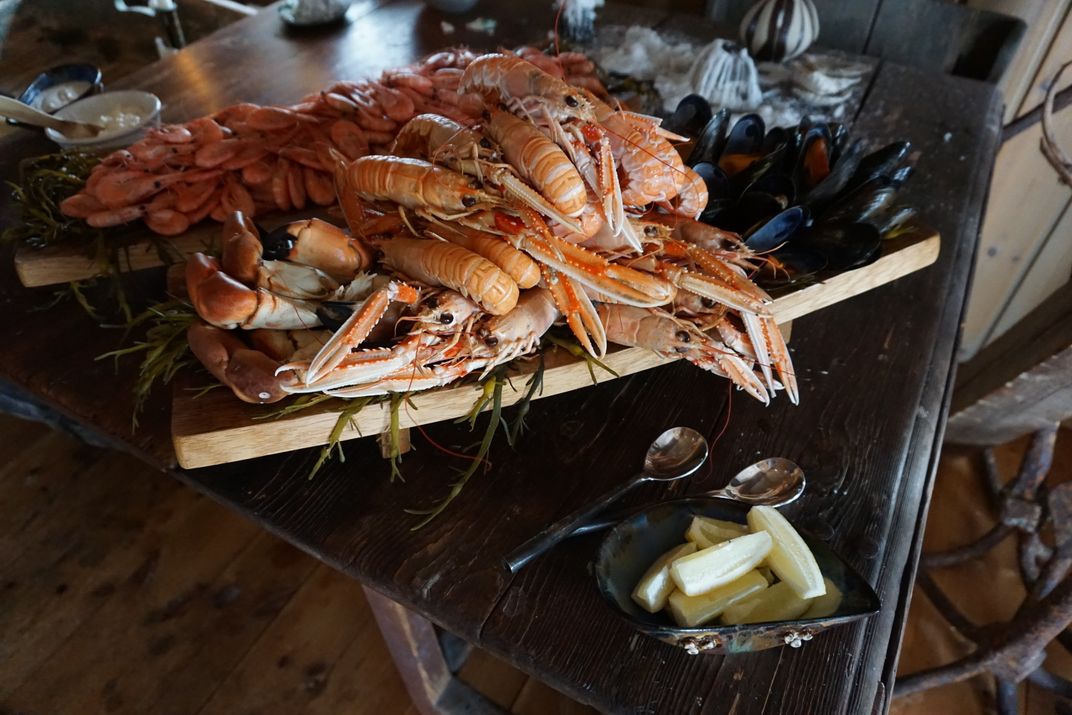
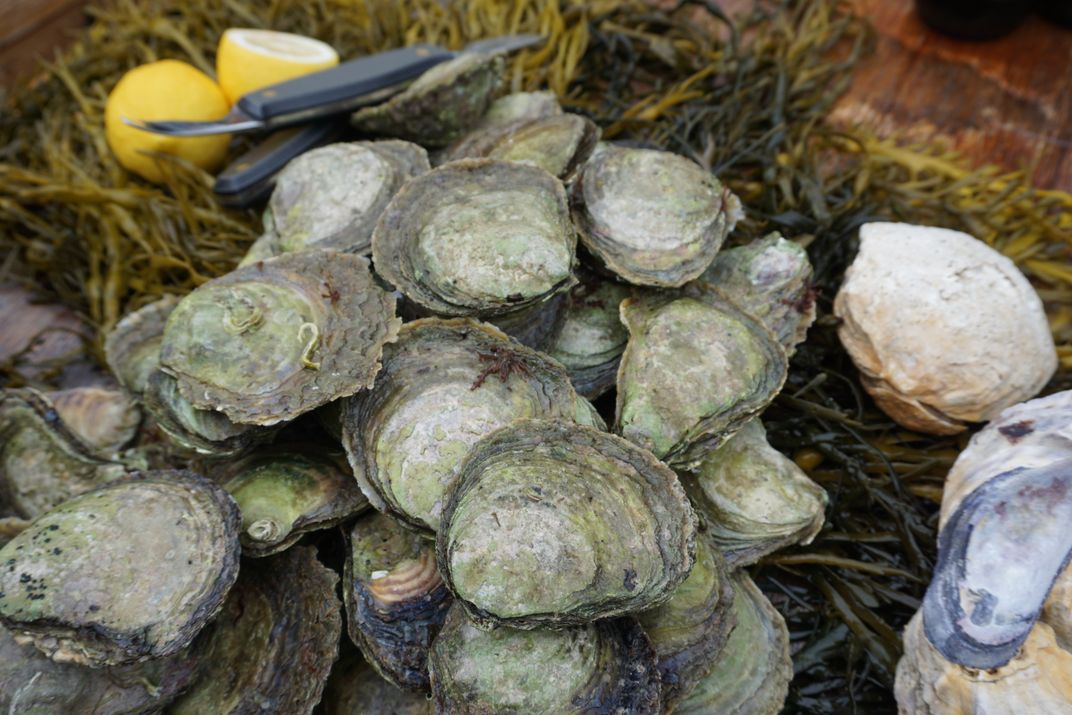
/https://tf-cmsv2-smithsonianmag-media.s3.amazonaws.com/filer/e5/d9/e5d92288-d712-494a-9160-ca91bd723821/dsc00380.jpg)
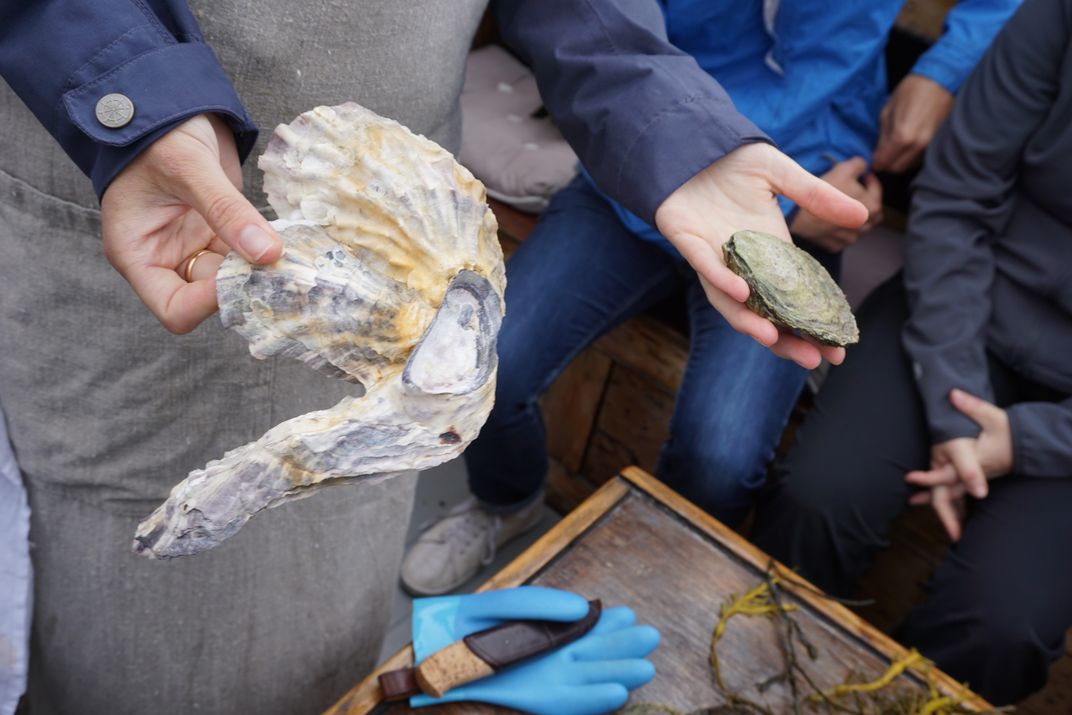
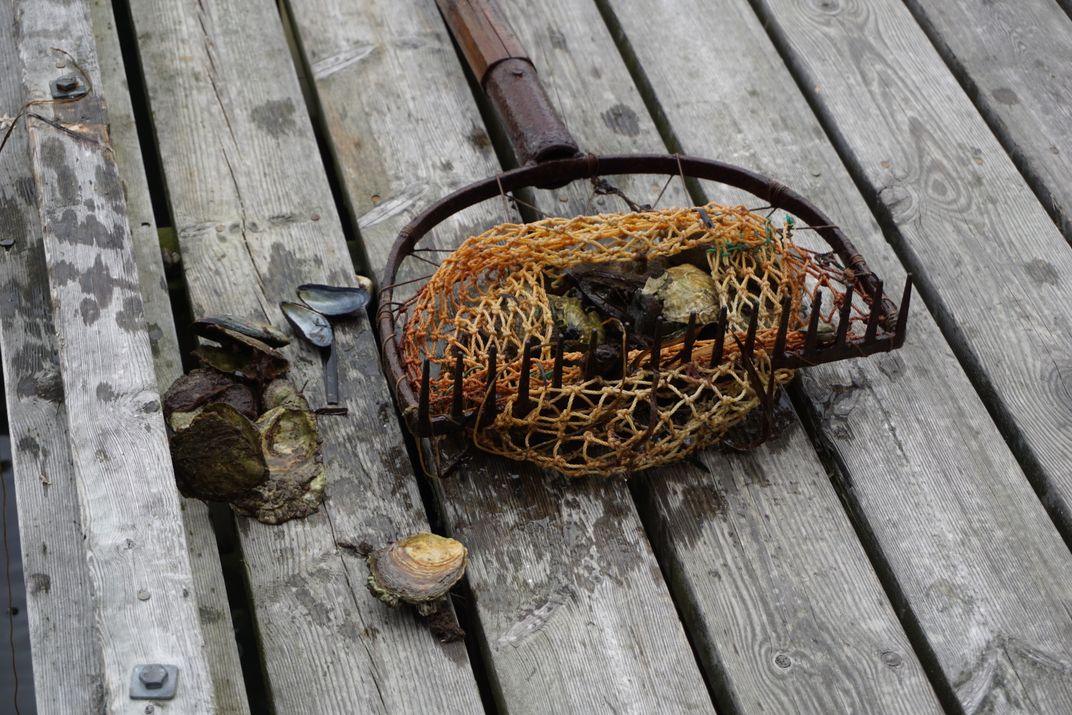
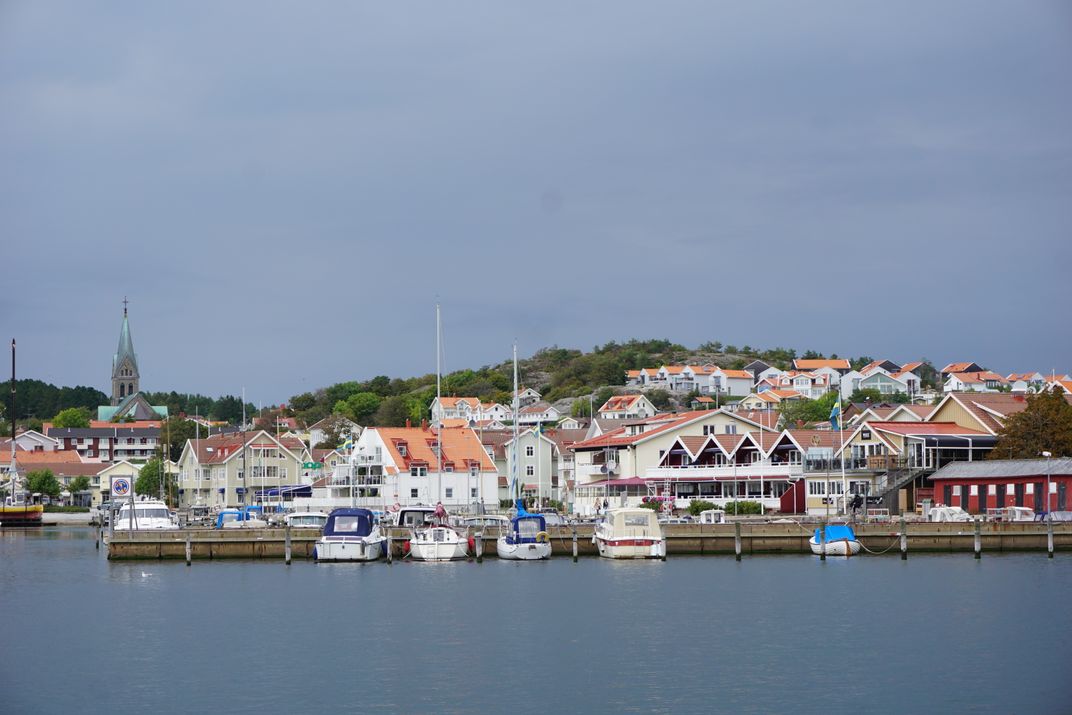
/https://tf-cmsv2-smithsonianmag-media.s3.amazonaws.com/accounts/headshot/JenniferBillock.png)